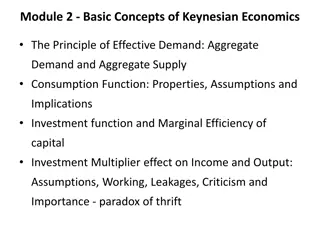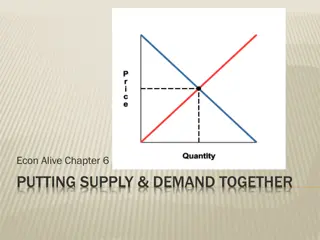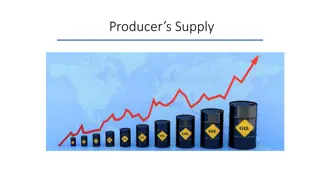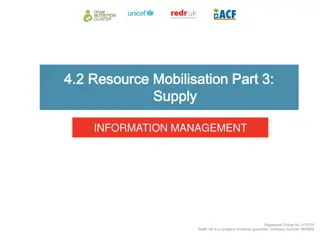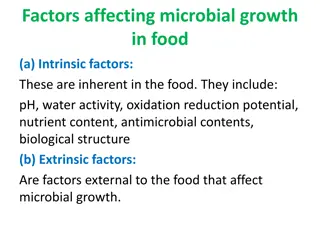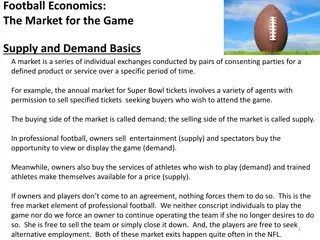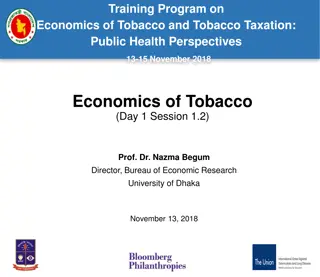Understanding the Factors Affecting Supply in Economics
Supply in economics is intricately linked to pricing, production alternatives, price of goods, production conditions, and input prices. Factors such as future expectations and prices of related goods also impact supply levels. This dynamic relationship shapes market equilibrium and influences the decisions of suppliers. Recognizing and analyzing these factors is crucial for a comprehensive understanding of the supply side of economic systems.
Download Presentation

Please find below an Image/Link to download the presentation.
The content on the website is provided AS IS for your information and personal use only. It may not be sold, licensed, or shared on other websites without obtaining consent from the author. Download presentation by click this link. If you encounter any issues during the download, it is possible that the publisher has removed the file from their server.
E N D
Presentation Transcript
What is Supply? Supply is related to the price of the products, given that there is an incentive to supply at a higher price, as higher prices produce greater revenue and profits. Companies always want profit and, therefore, are more likely to manufacture more products at higher prices. When the price of goods or services is low, the supply is low, and when the price is high, the supply is also high. Therefore, significant price changes would also affect the equilibrium in the economic market.
Factors Affecting Supply Production alternatives play a big role with suppliers; affecting their product choices. Production alternatives point to other products that a supplier can produce instead. Alternatives are usually more profitable, hence their heavy influence on suppliers' decisions. If a big apple farmer can increase their profit by selling oranges instead, the market supply of apples will drop when the farmer shifts over to oranges.
Factors Affecting Supply Price of The Good As stated in accordance with the law of supply, the supply of a certain good will increase proportionately to an increase in price. When the price of a good rises, supplying that good becomes more lucrative, which lures more suppliers aiming to capitalize on the high profit margins. The price of goods are further affected by other market factors. Price of Related Good The supply of a certain good can also be affected by the price of related goods. This is found in the connection between a good and its related goods. Leather is the ideal example of this. A related good of leather is cow meat, as both goods come from cows. The price of leather's related good, which is cow meat, can affect the price of leather itself. If the price of cow meat drops, less cows will be butchered to supply cow meat according to the law of supply. This in turn, means there'll be a smaller supply of leather as the price drops.
Factors Affecting Supply Production Conditions Production conditions naturally play a significant role in supply. Poor conditions will result in less output and thus, less supply, whereas productive conditions will result in better output. These conditions are typically determined by resources and labor. If there's a scarcity in labor and resources, production costs will go up and output will decrease, resulting in a supply drop. Future Expectations Future expectations of price have a more complex role in aggregate supply. If sellers expect input prices to increase, they will produce less, due to profit margins that'll be narrowing in the future. Contrary, if sellers expect input costs to drop, they will produce more as profit margins stand to grow in the future. This concept is highly relevant to market investors and speculators.
Factors Affecting Supply Input Price Input price influences supply in a more indirect manner. Input costs are the costs involved with producing a certain good. If these costs are high, sellers can produce less, bringing down the supply, and vice versa. As input costs rise, producers also have to produce and sell more goods in order to remain profitable, due to fallen profit margins.
















